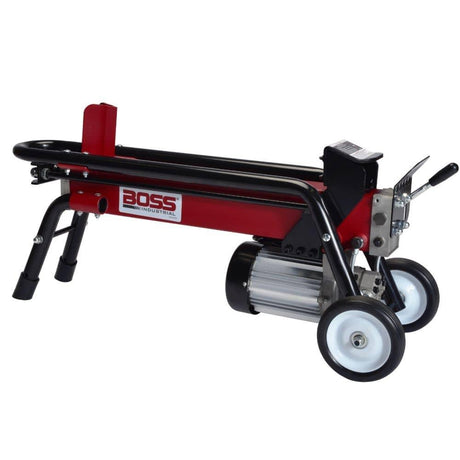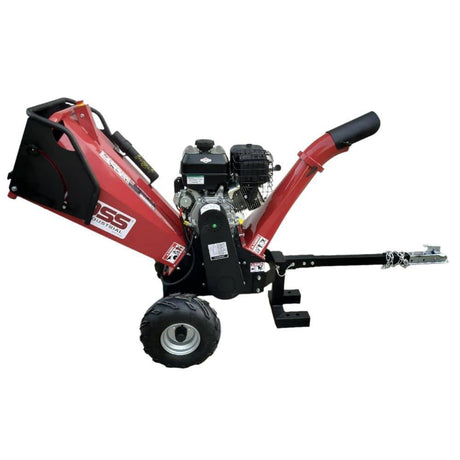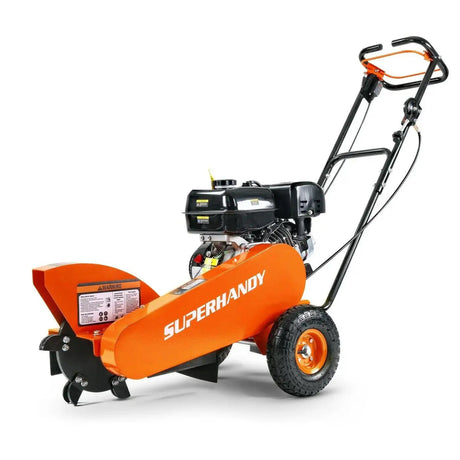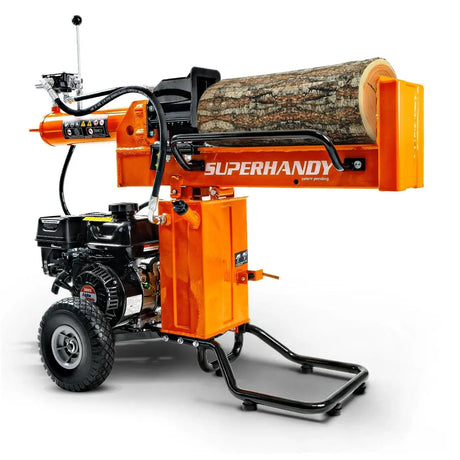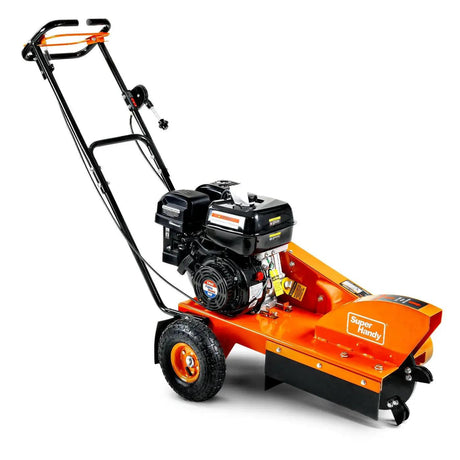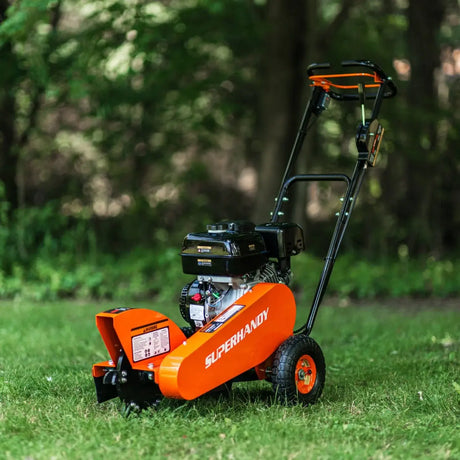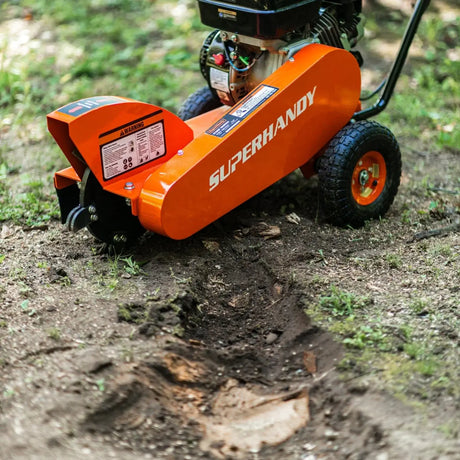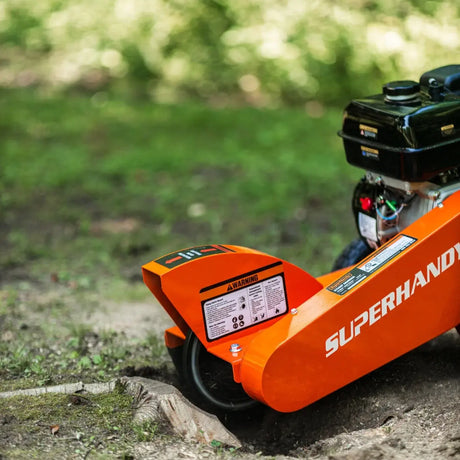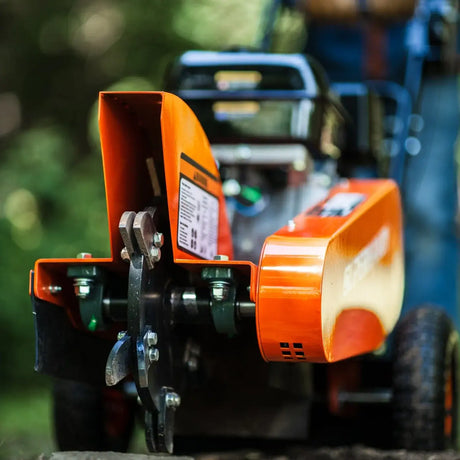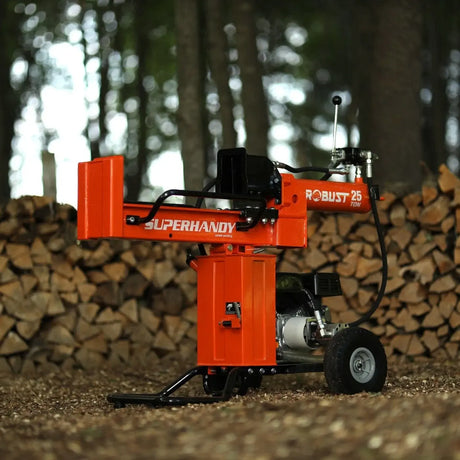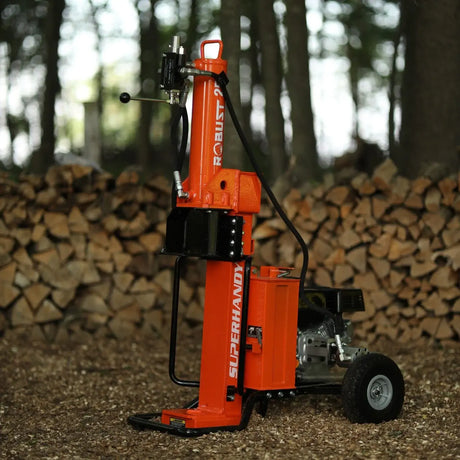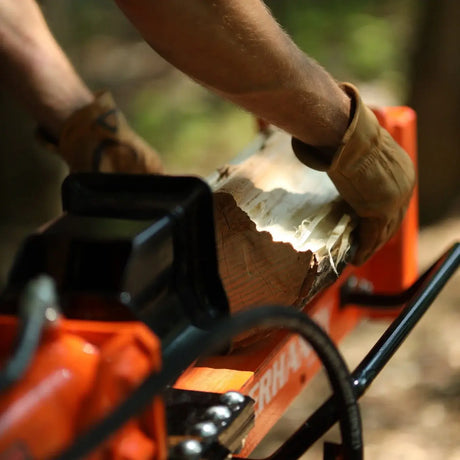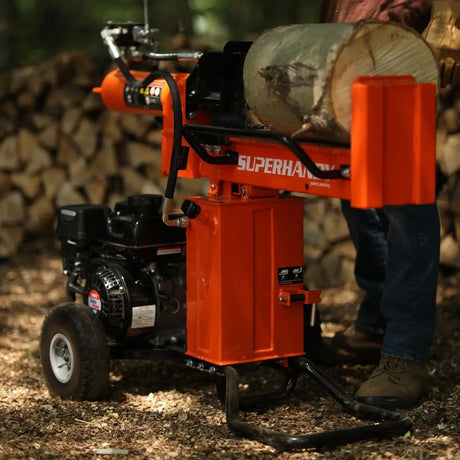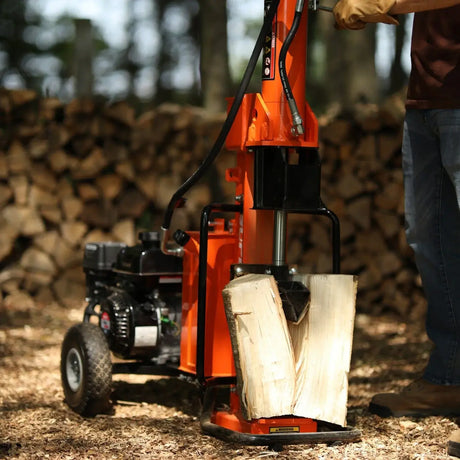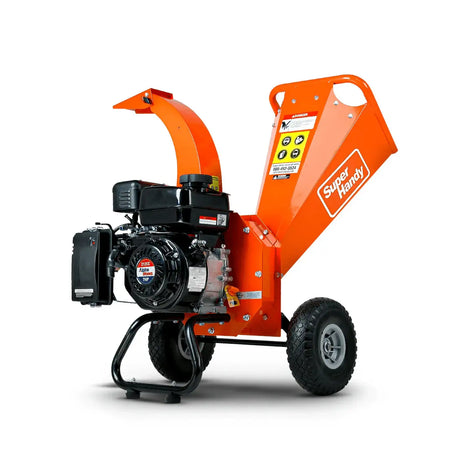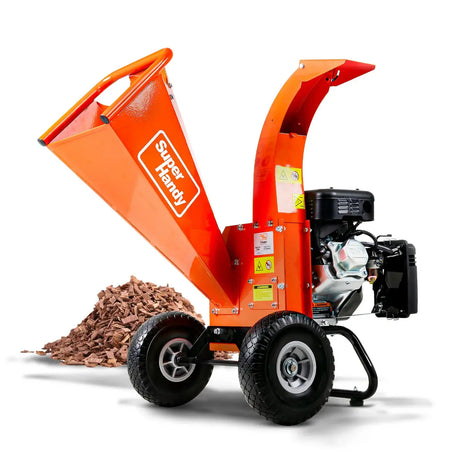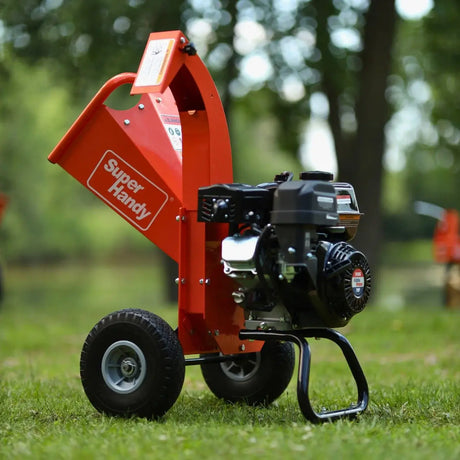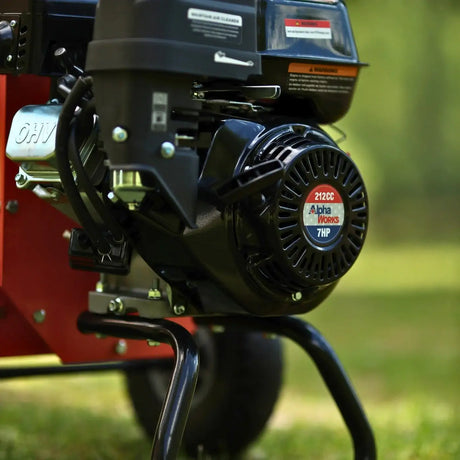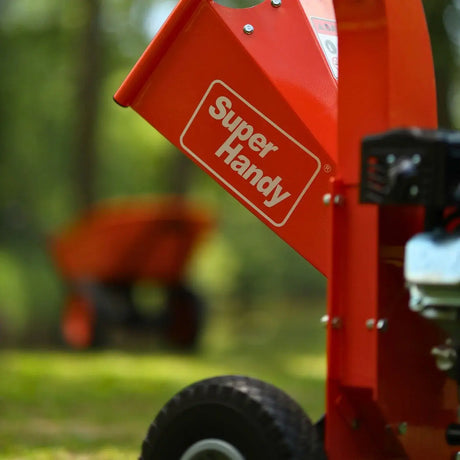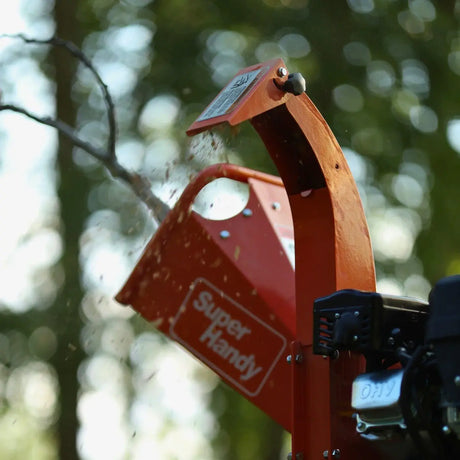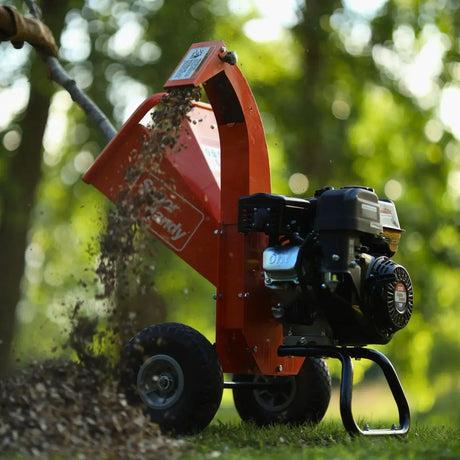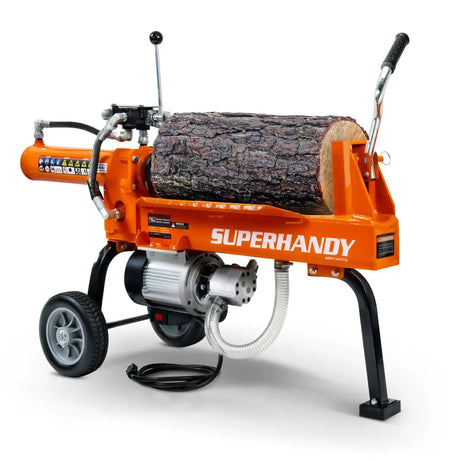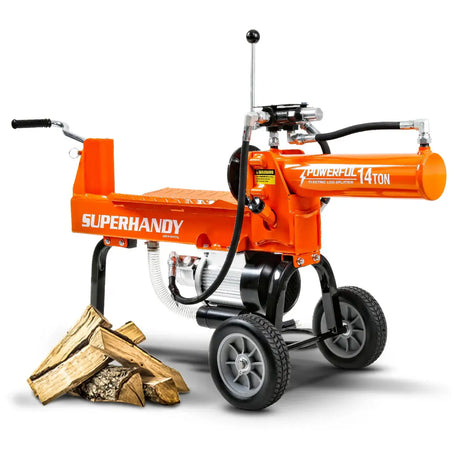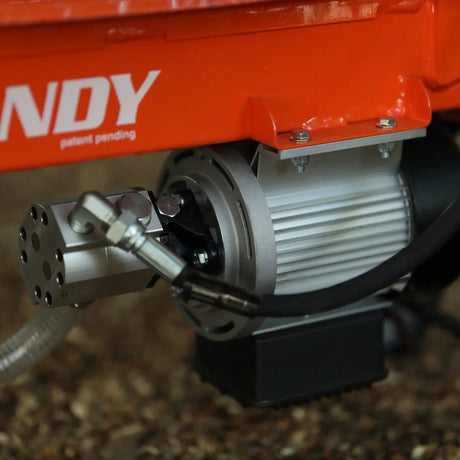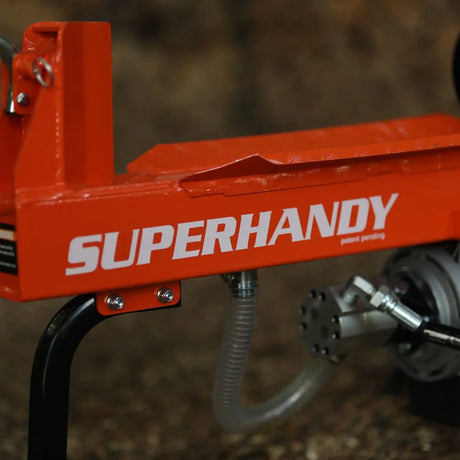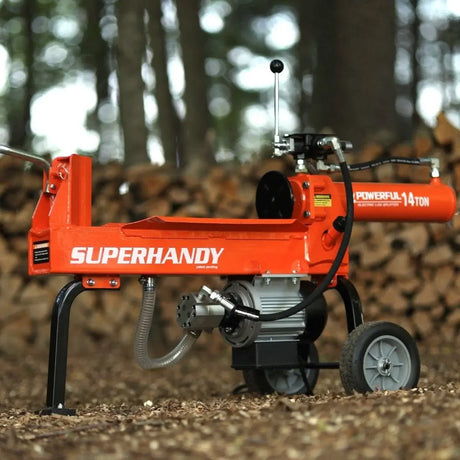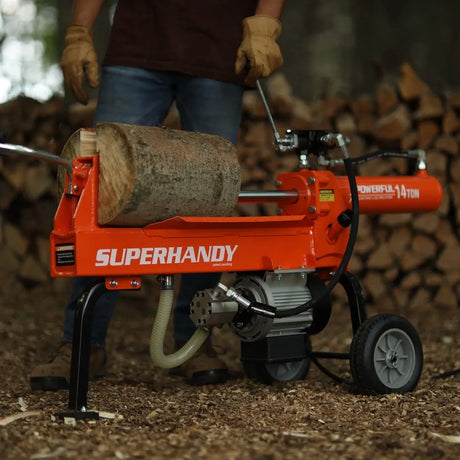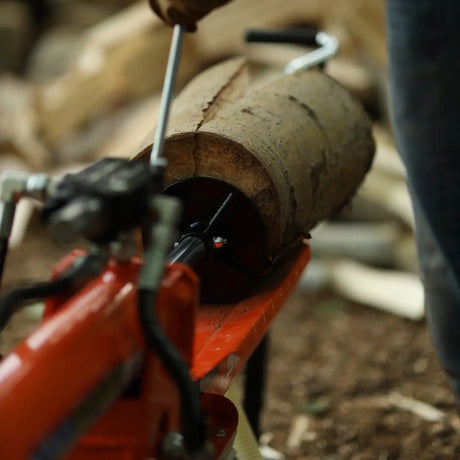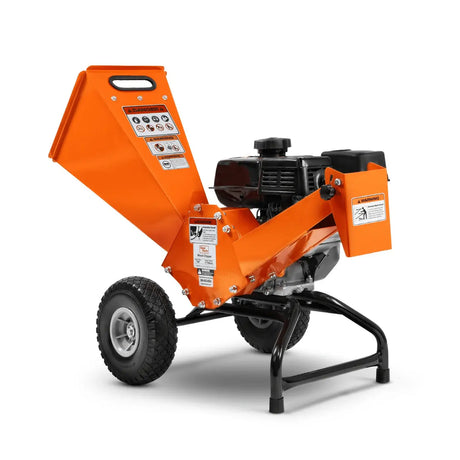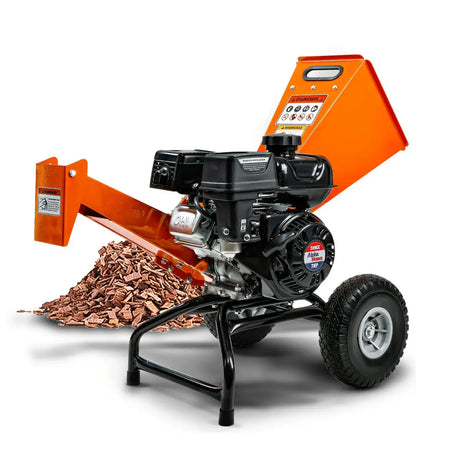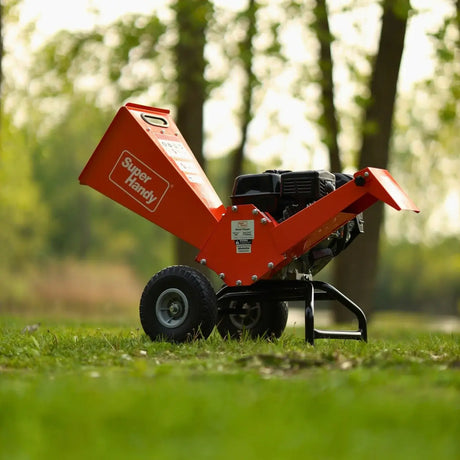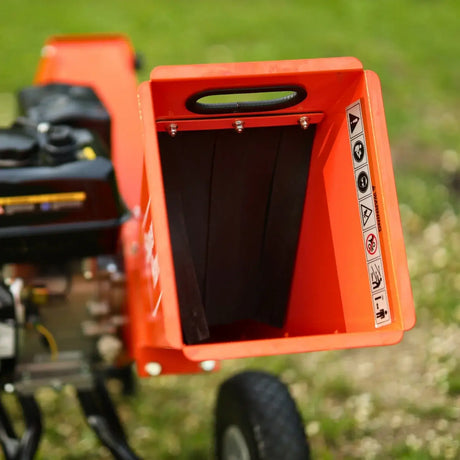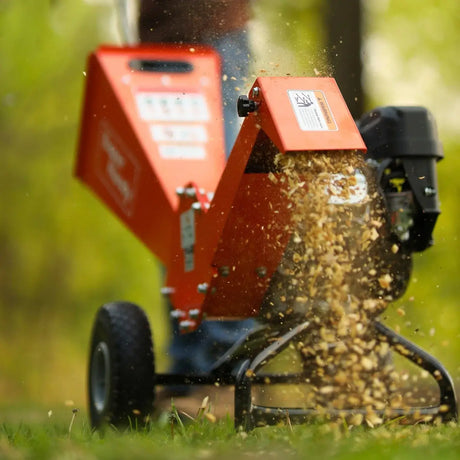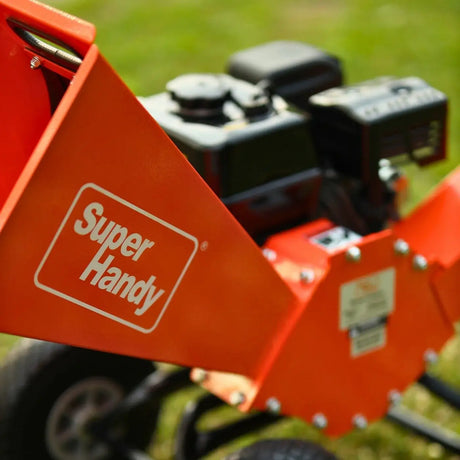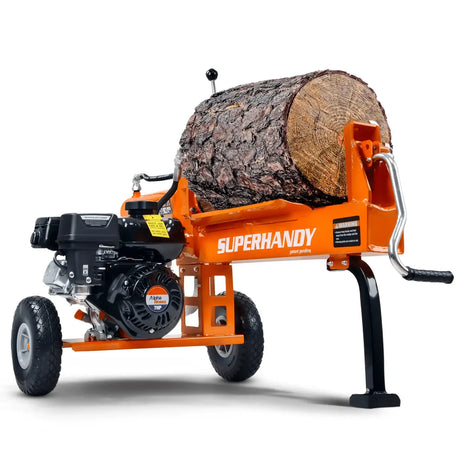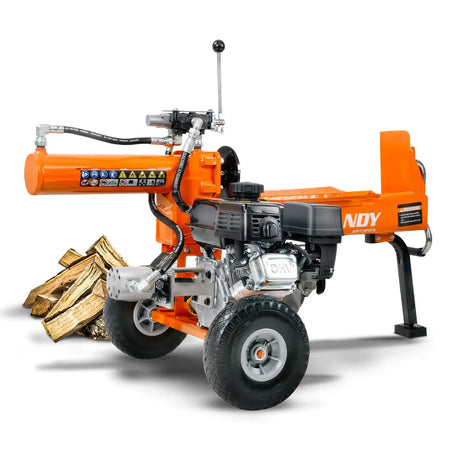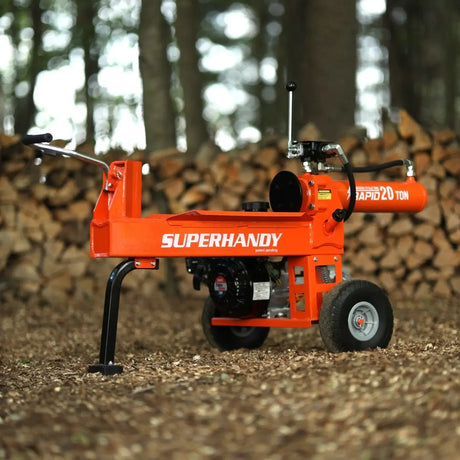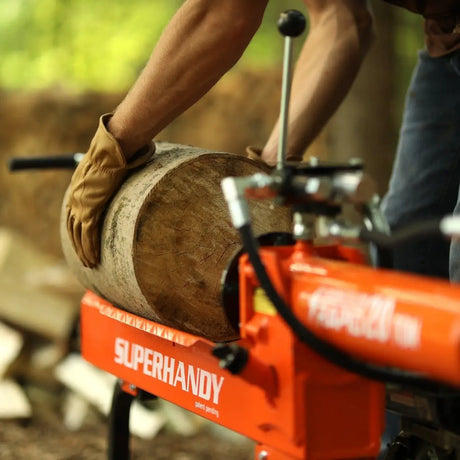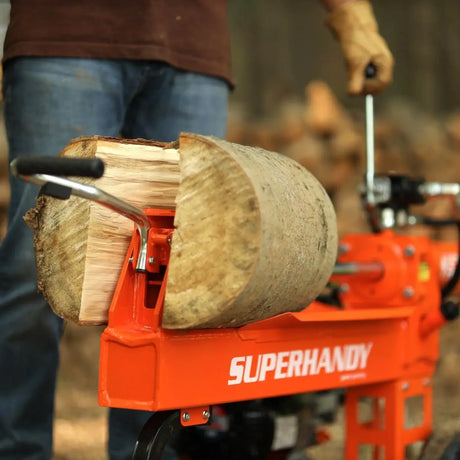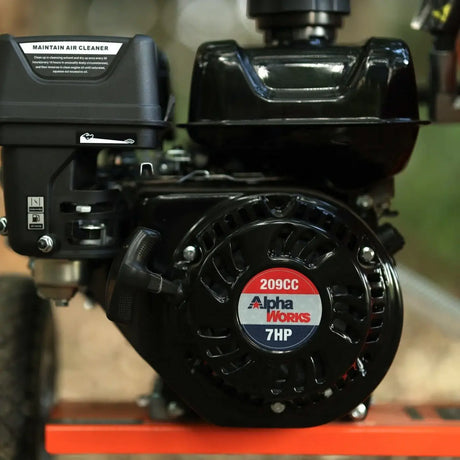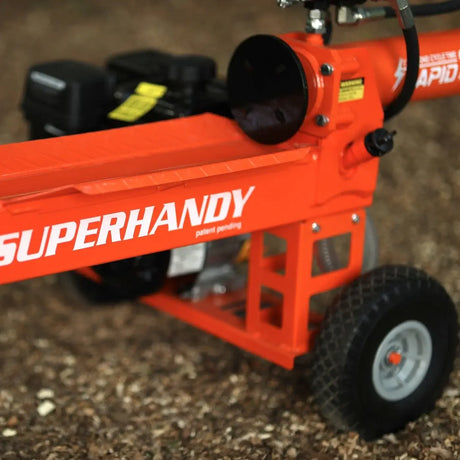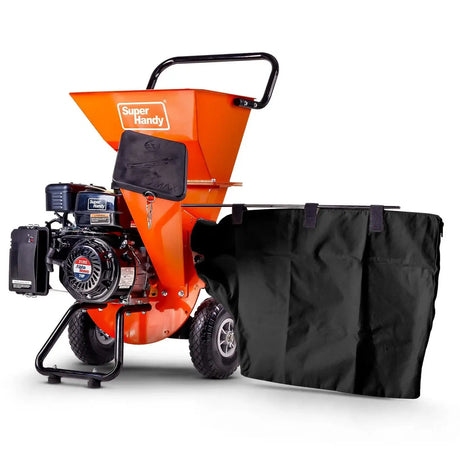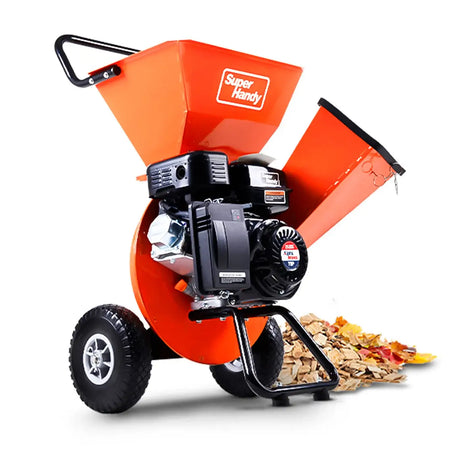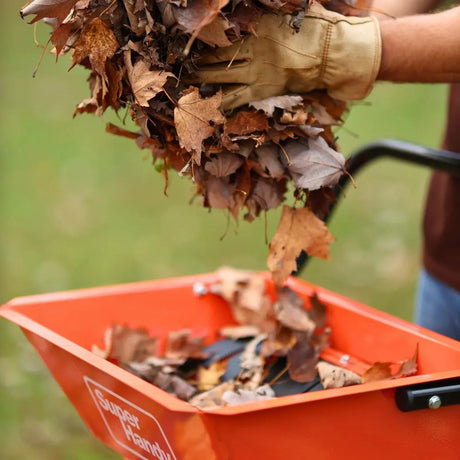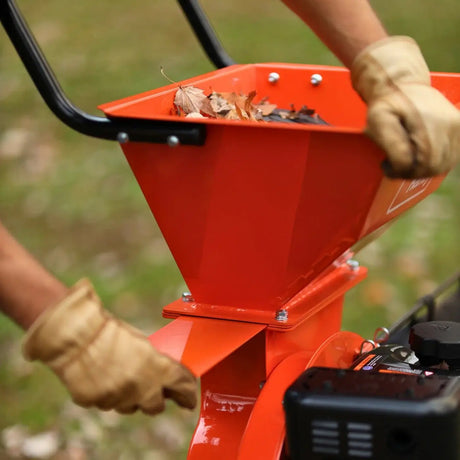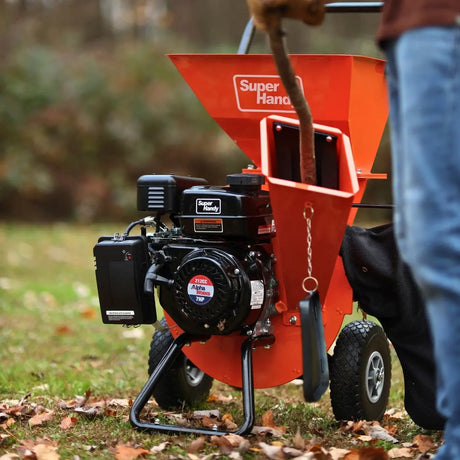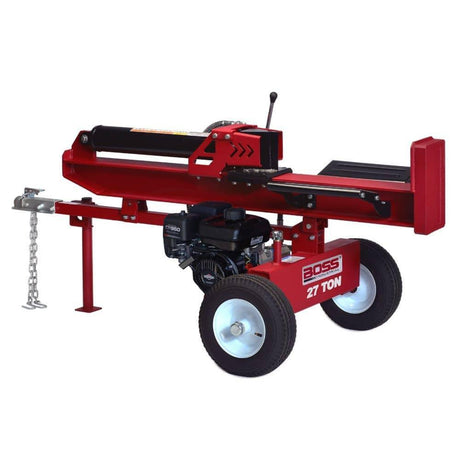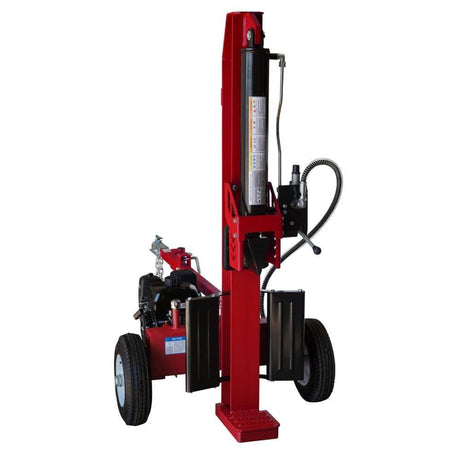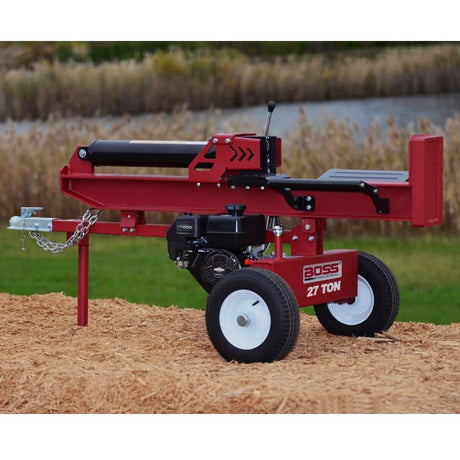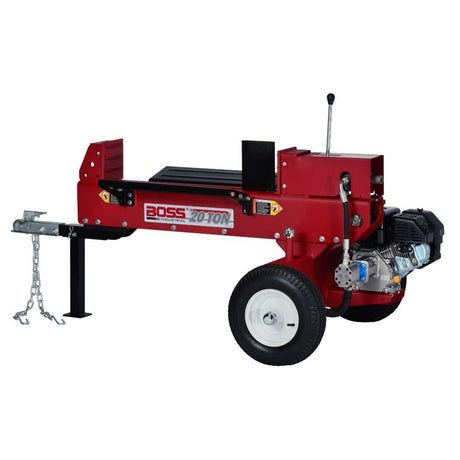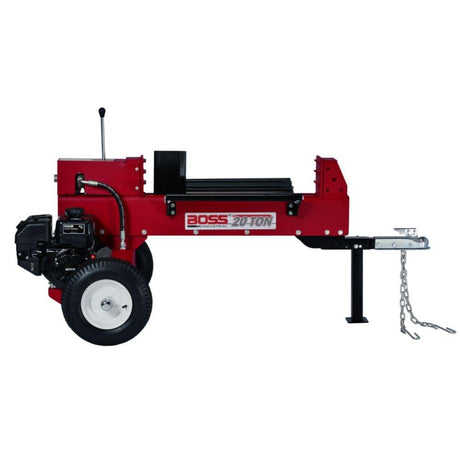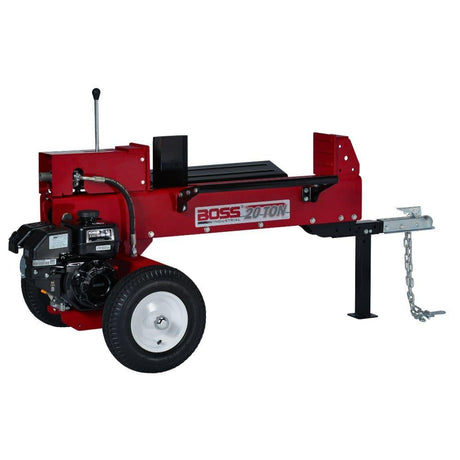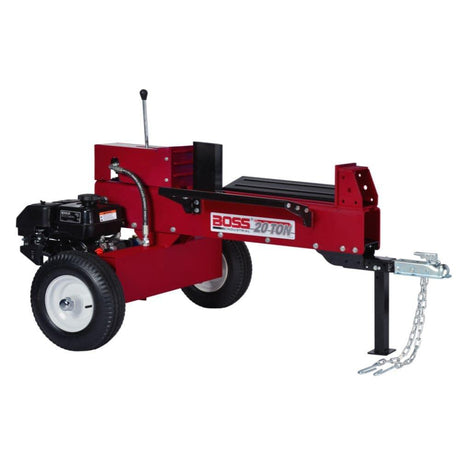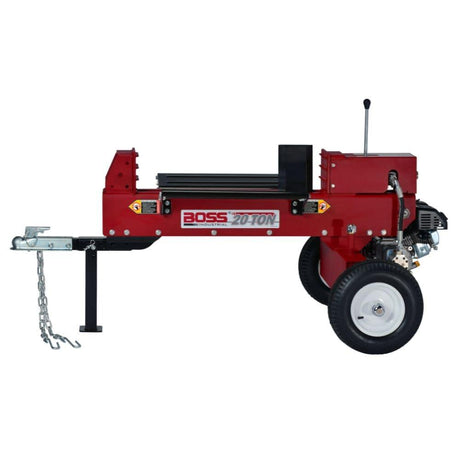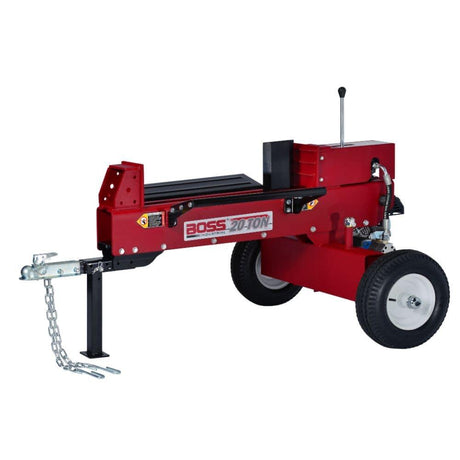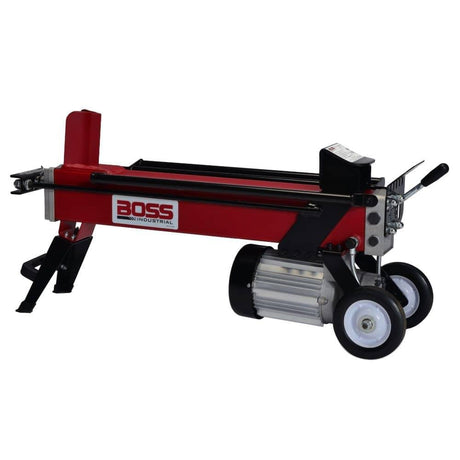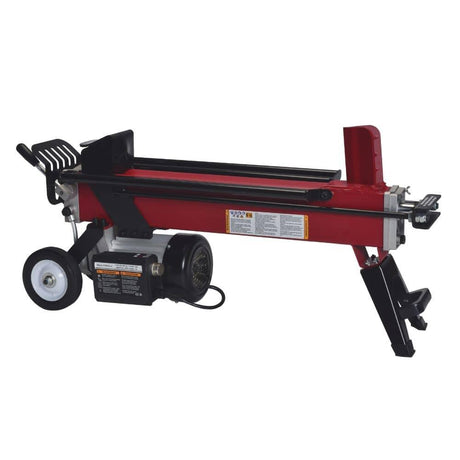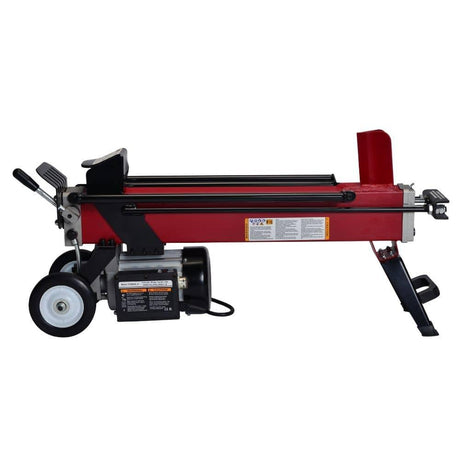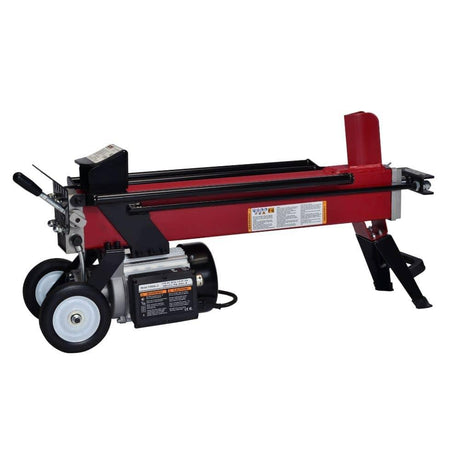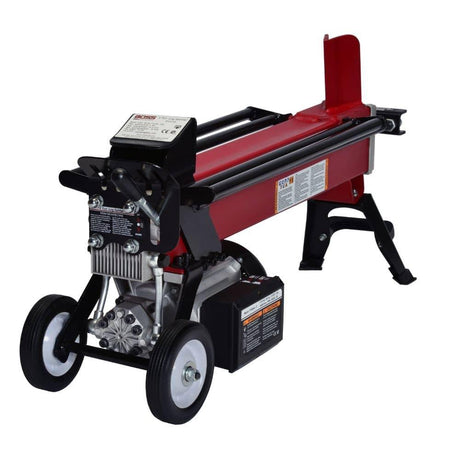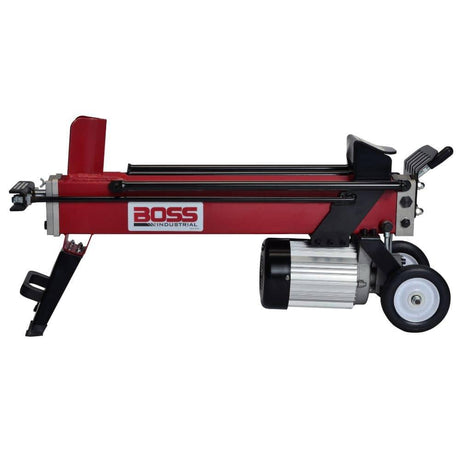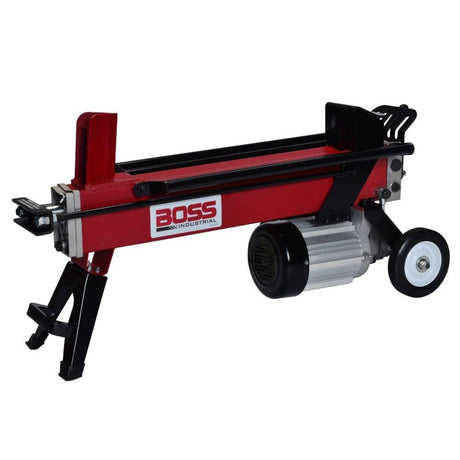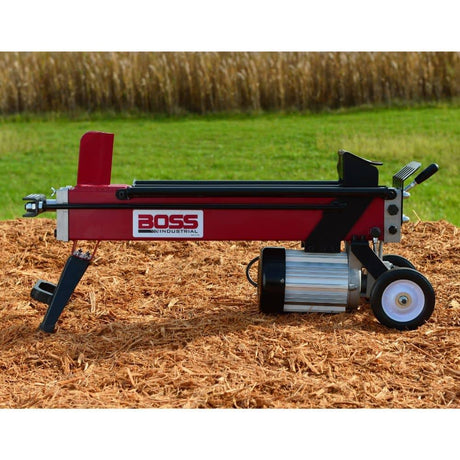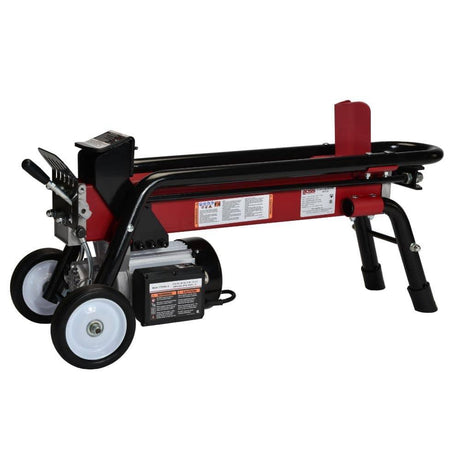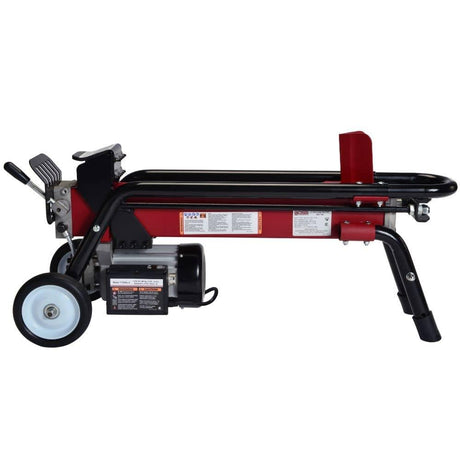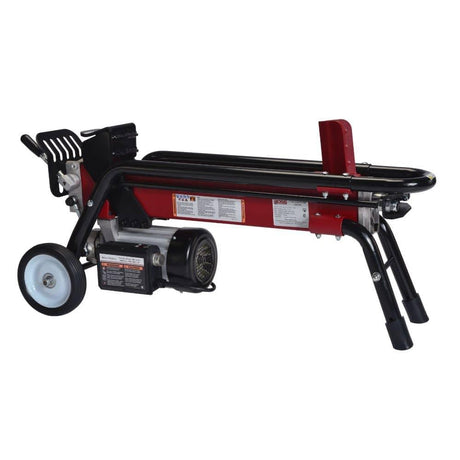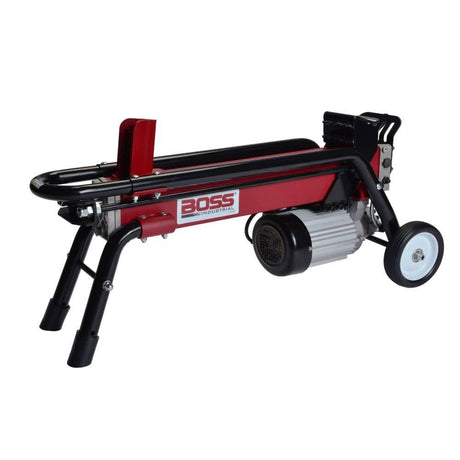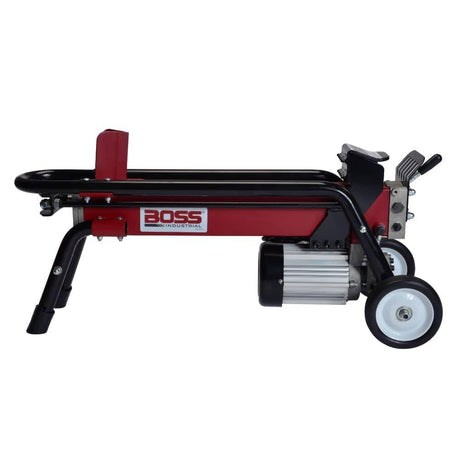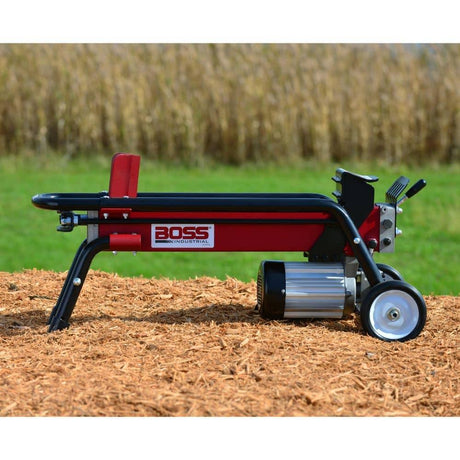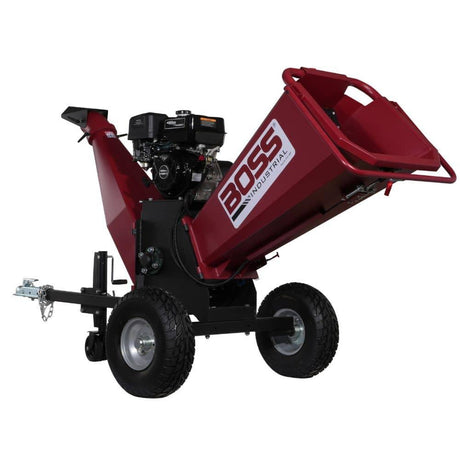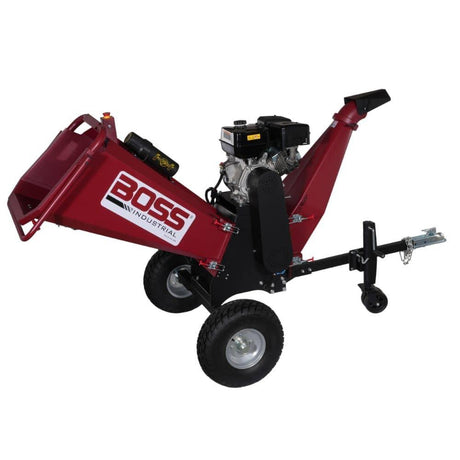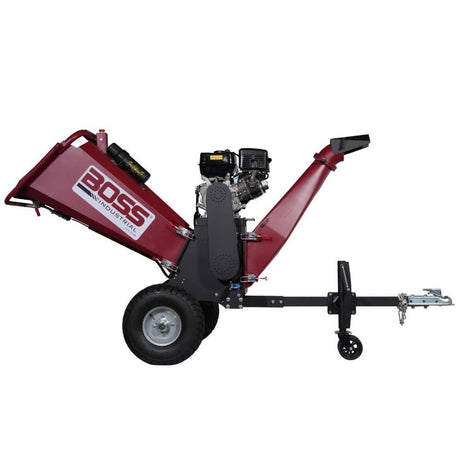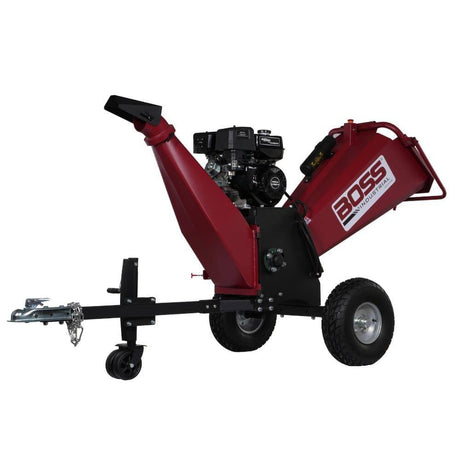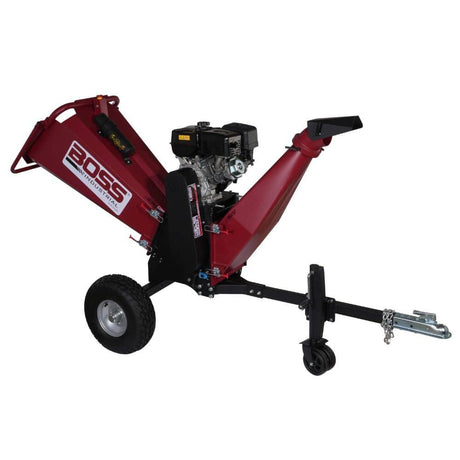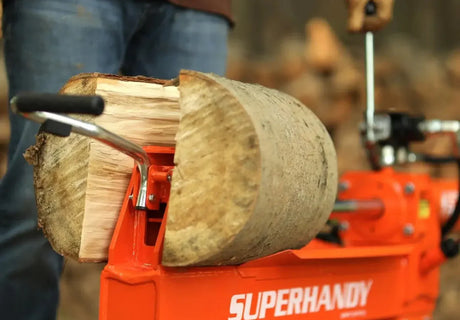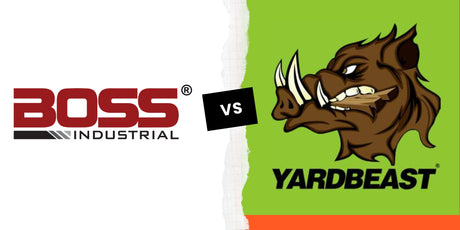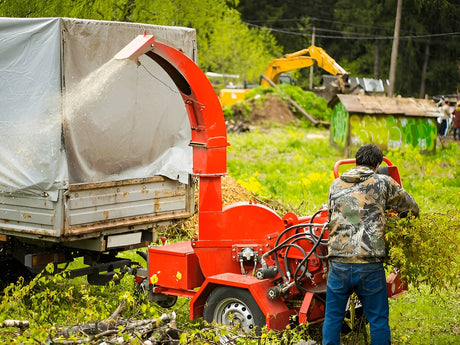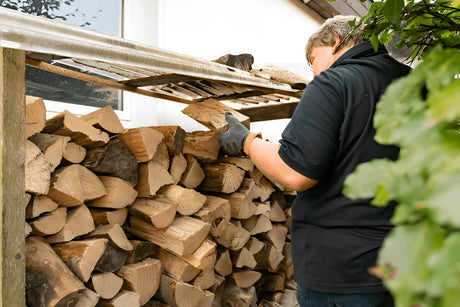If you're in the market for a log splitter, the first big question you'll face is: gas or electric? Both get the job done-but the right choice depends entirely on how, where, and how often you plan to use it.
If you’re looking for an even deeper side-by-side, see our Gas vs Electric Log Splitters: Which One is Better for You for more insights.
This guide breaks it all down. We'll compare power, portability, noise, maintenance, wood types, and more. And with five easy-to-scan tables, you'll walk away knowing exactly which type fits your property and lifestyle.
Key Takeaways
- Electric splitters are ideal for indoor or suburban use, light-duty firewood, and smaller logs (under 14").
- Gas splitters bring the muscle-best for remote locations, hardwoods, knotty rounds, or frequent firewood processing.
- Upfront cost, long-term ROI, and maintenance all differ. What you save on gas, you may spend on labor-unless you match the splitter to your real needs.
Electric vs Gas Log Splitter Features Compared
This first table gives you a side-by-side breakdown of the most important differences in power, portability, noise, and usage.
| 🔍 Feature | ⚡ Electric Log Splitter | ⛽ Gas Log Splitter |
|---|---|---|
| 🪵 Log Size Capacity | ✅ Up to 14" (softwood or dry hardwood) | ✅ Over 20" (green, knotty, or large logs) |
| 📦 Usage Environment | ✅ Indoor use (garage/basement) ❌ Not off-grid |
✅ Off-grid / remote use ❌ Not for indoor use |
| 💪 Splitting Power | ⚠️ Moderate (6–10 tons) | ✅ High (20–40+ tons) |
| 👤 User Type | ✅ Homeowners / light-duty | ✅ Commercial / rural users |
| 🔊 Noise & Emissions | 🔇 Quiet, no fumes | 🔊 Loud, emits exhaust fumes |
| 🚚 Portability | ✅ Lightweight (50–100 lbs) ⚠️ Needs outlet or generator |
✅ Towable (300+ lbs) ❌ Heavy to lift manually |
If you're a homeowner splitting 6-12" seasoned logs for a fireplace, electric will serve you well. But if you're in the country working with oak, hickory, or green rounds over 18"? You'll need gas power. No contest.
What This Table Shows
Each row focuses on a practical decision point:
- Where you'll be using it (garage, off-grid, backyard)
- What kind of wood you're splitting
- How much power and splitting force you really need
- Noise, emissions, portability-especially if you're working near neighbors or inside
For example:
- Gas models can handle 20-40+ tons of splitting force, while electric units top out around 10 tons.
- Electric is safer indoors and requires almost no upkeep.
- But off-grid? You'll need a gas model or a generator.
This is real-world info-not just specs on paper.
For a detailed look at hydraulic versus kinetic models, check out Hydraulic vs Kinetic Log Splitters: Full Comparison Guide with Charts.
Cost Comparison: Upfront, Maintenance & Long-Term Value
Let's break down the financial side: purchase price, upkeep, and long-term return based on usage frequency.
| 💸 Cost Element | ⚡ Electric Splitter | ⛽ Gas Splitter |
|---|---|---|
| 🛒 Starting Price | $300 – $900 | $1,000 – $2,500+ |
| 🛠️ Maintenance Cost | Low (minimal upkeep) | Medium to High (engine, fluids) |
| ⛽ Operating Cost | Low (electricity) | Medium (gas, oil, filters) |
| 📈 Long-Term ROI | ✅ Efficient for occasional use | ✅ Worth it for frequent/heavy use |
Electric models are wallet-friendly and low-maintenance. But they're not built for commercial workloads. Gas splitters cost more up front-and they need oil, fuel, filters-but pay off fast for frequent users or firewood sellers.
How Maintenance Really Differs
Wondering what kind of upkeep you're signing up for? This table compares regular maintenance tasks for both types.
| ⚙️ Maintenance Task | ⚡ Electric Splitter | ⛽ Gas Splitter |
|---|---|---|
| 🔧 Engine / Motor Care | ✅ No engine upkeep needed | ⚠️ Oil changes, spark plugs, filters |
| 💧 Hydraulic Fluid | ⚠️ Occasional top-off or check | ⚠️ Same, plus more wear over time |
| 🧽 Cleaning & Storage | ✅ Easy to store, minimal cleaning | ⚠️ May require degreasing / ventilation |
| 🛑 Emissions / Safety | ✅ Safe indoors, no fumes | ❌ Fumes—outdoor use only |
Electric splitters are plug-and-play: no engine parts, no fumes, no winterizing. Just check the hydraulic fluid and store it inside.
Gas splitters? Plan on oil changes, cleaning, ventilation, and more involved storage prep.
For folks who don't love tinkering with engines, electric is the easier path.
Who Should Choose What?
This table makes it easy: match your property type and lifestyle with the right splitter.
| Customer Type | Electric Log Splitter | Gas Log Splitter |
|---|---|---|
| Urban Homeowner | ✅ | ❌ |
| Suburban Homeowner | ✅ | ✅ |
| Large Property Owner | ⚠️ | ✅ |
| Firewood-Heating Homeowner | ⚠️ | ✅ |
| Off-Grid / Rural Property Owner | ❌ | ✅ |
| Commercial Firewood Seller | ❌ | ✅ |
| Occasional User | ✅ | ⚠️ |
| Elderly User or Limited Mobility | ✅ | ❌ |
If you're in a city or small yard, an electric splitter is the go-to. But for large properties, off-grid setups, or heating your home with wood all winter? Gas is the clear winner.
If you want to understand how splitter orientation affects usability, see Horizontal vs Vertical Log Splitters: Full Comparison Guide with Charts.
What Size Wood Are You Actually Splitting?
Finally, let's match each splitter to log size and wood type-because nothing is more frustrating than underpowered gear on a frozen oak round.
| Log Size & Wood Type | Electric Log Splitter | Gas Log Splitter |
|---|---|---|
| Softwood – 6 in. | ✅ | ✅ |
| Softwood – 12 in. | ✅ | ✅ |
| Hardwood – 12 in. | ⚠️ | ✅ |
| Hardwood – 18 in. | ❌ | ✅ |
| Hardwood – 24 in. | ❌ | ✅ |
| Green Knotty Wood – 18+ in. | ❌ | ✅ |
Electric handles softwood up to 12" just fine. For hardwoods over 12", or green rounds with knots? Don't waste your time-go gas.
This one's all about physics. Let the machine do the work.
Final Thoughts
There's no one-size-fits-all log splitter. But with the tables above, you now know:
- If you're splitting light, dry logs occasionally, go electric.
- If you're processing big, wet, or knotted rounds regularly, go gas.
- If you're in-between, think about where you'll store it, what you'll split most often, and how much effort you're really willing to put in.
👉 Want help picking the best model for your property? Explore our full selection of gas and electric log splitters →


